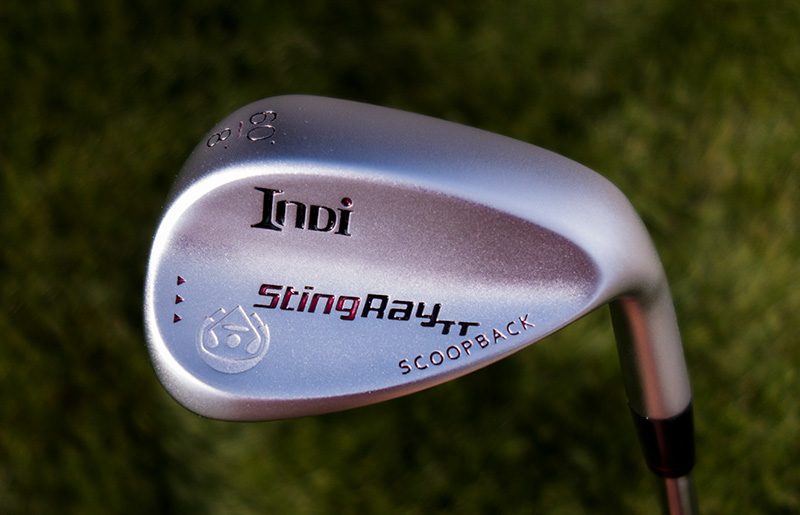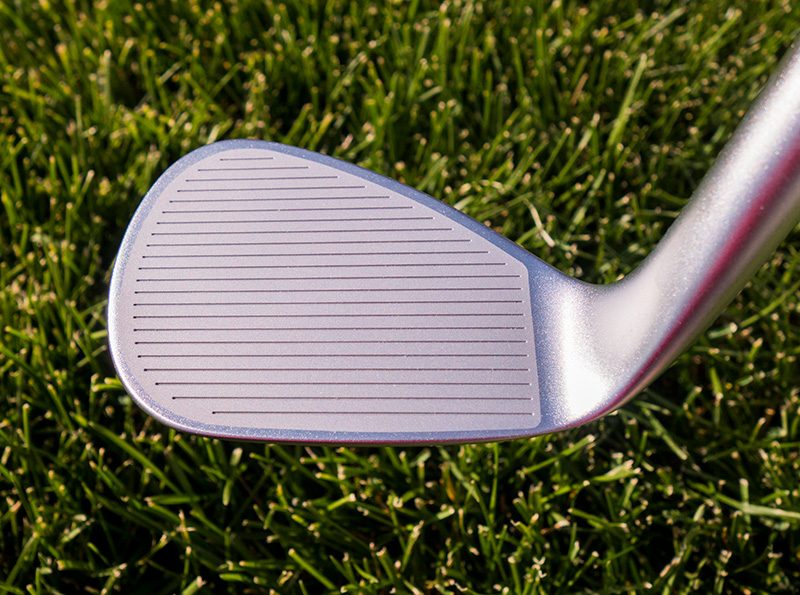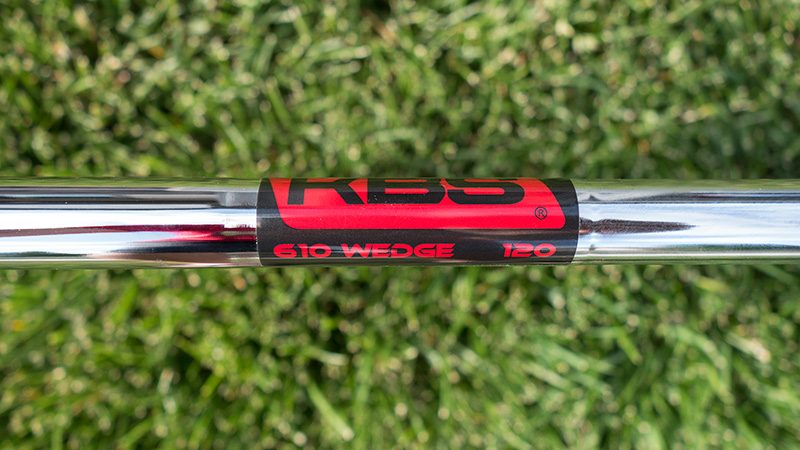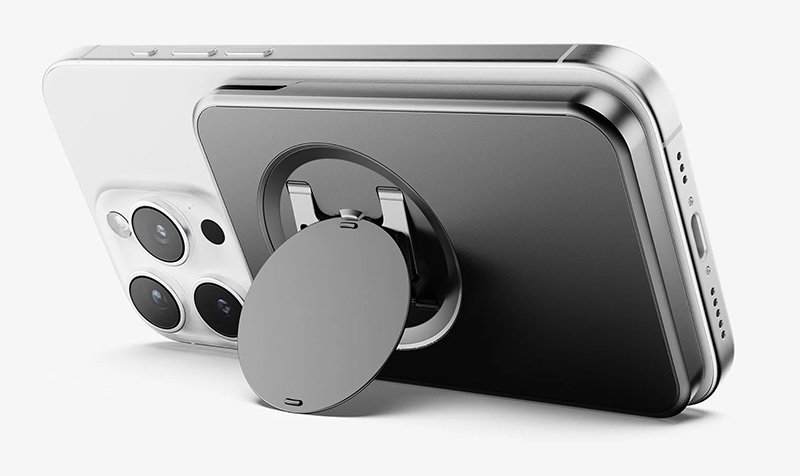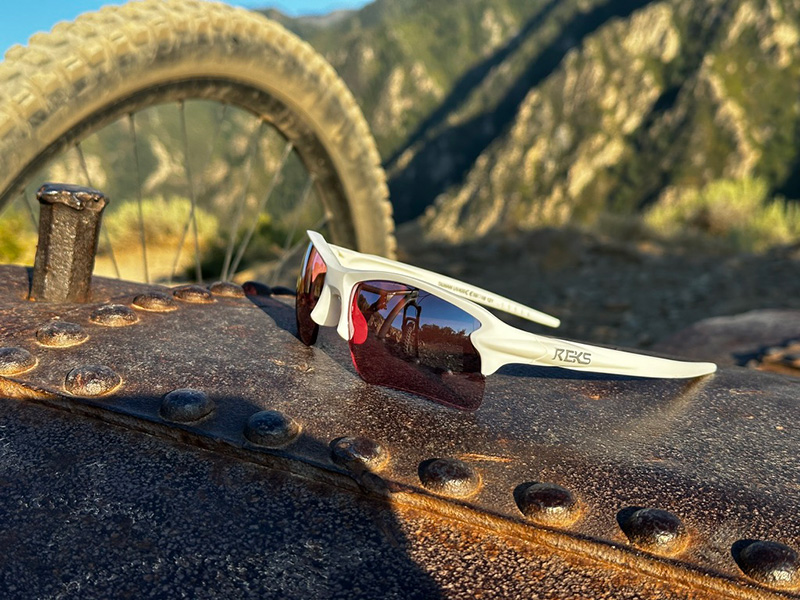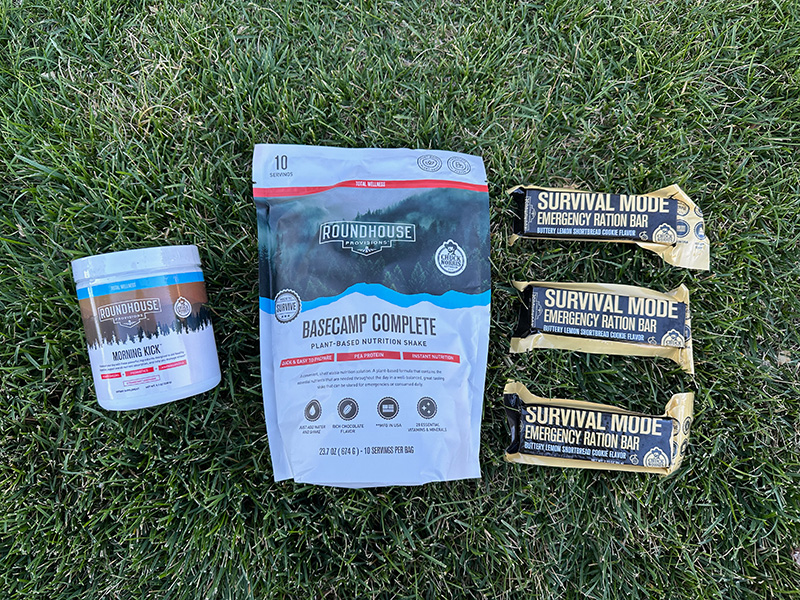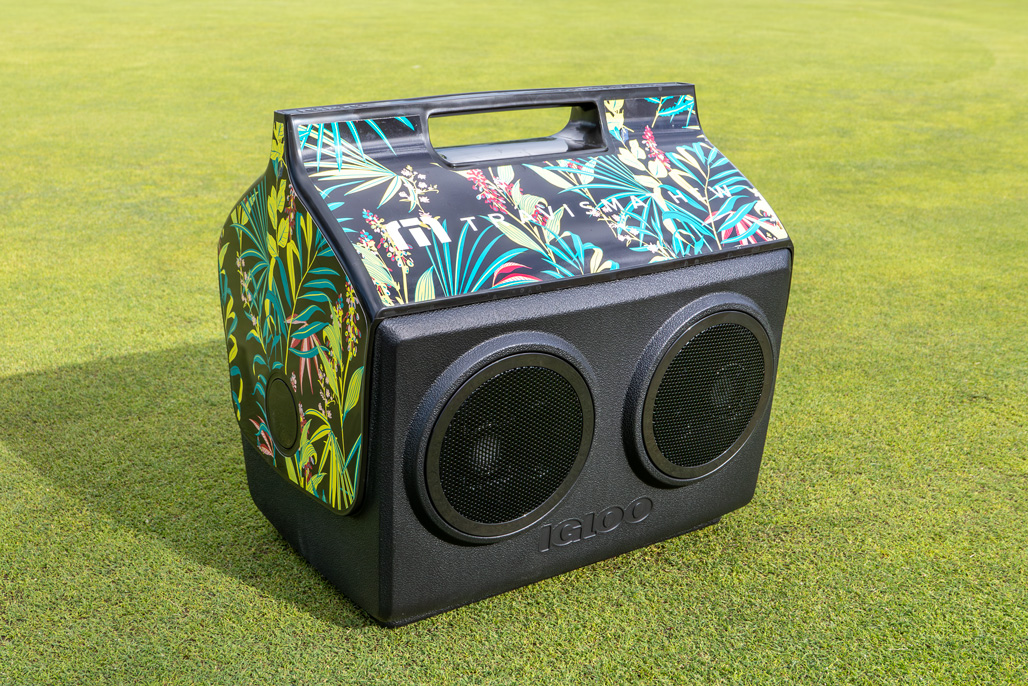First Look: Cutter Wedge
Categories: Golf Clubs • Golf Equipment • Golf Gear
Tags: Cutter Golf • golf wedge • Sand Wedge
In for review is a very interesting looking new wedge called Cutter Wedge CTR-1. This wedge has a unique head design unlike I’ve seen in previously, and I’ve seen more than just about anyone. Check it out.
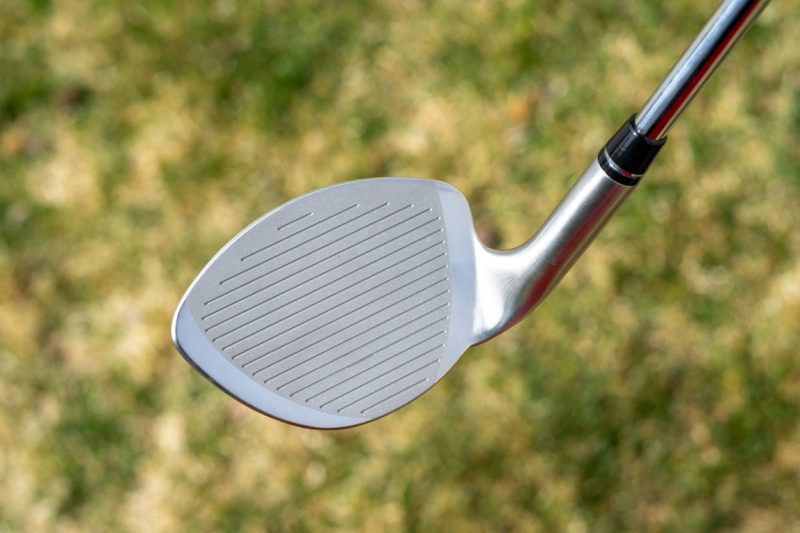
The purpose of the design is to expand the available surface area to make contact easier and more consistent. In addition it helps cut through varying surface types and conditions.
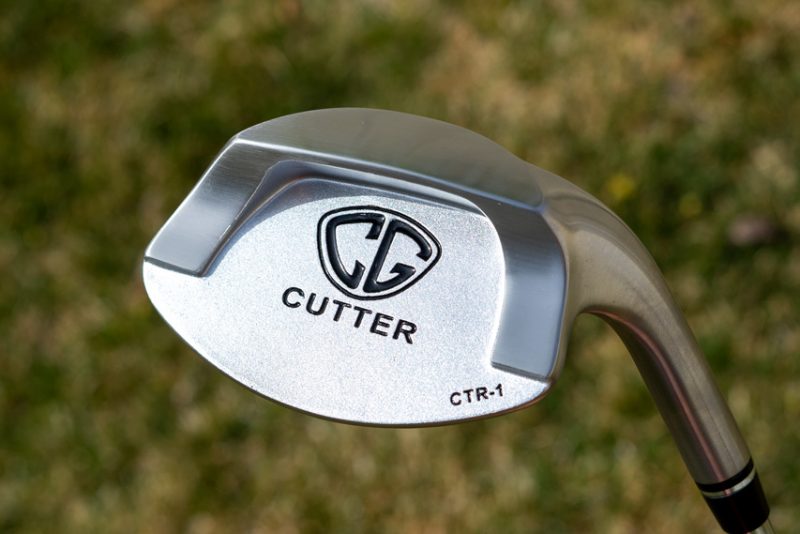
After looking at this wedge for awhile I realized that the face is symmetrical, unlike other wedges. Some wedges have a high toe, but you’ll see this wedge has the mirroring inside high toe (for lack of better description).
As bad as my short game can be I’m willing to give just about any kind of wedge a shot, so to speak. I get the impression this could be a great option for the sand.
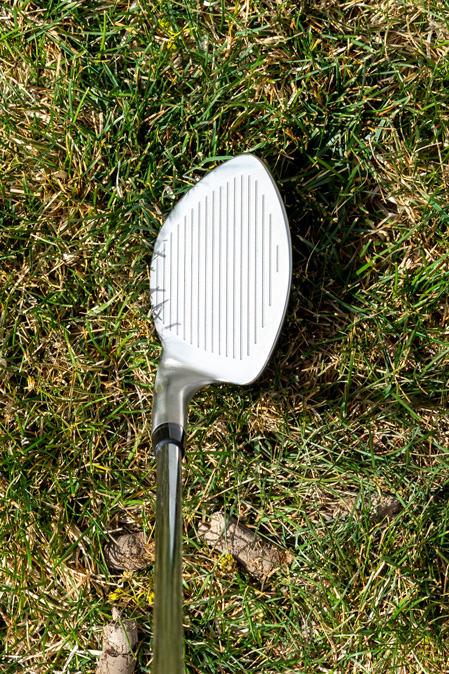
Lofts available are currently 52, 56, and 58 degrees.
The club is available in right and left-handed models. Often new clubs are not available in left-handed so tip of the hat to Cutter for that.
I’m just getting back into swinging after the shoulder surgery and the home course just re-opened following the Covid-19 shutdown. I’ll be getting out and trying some easy swings and chips with the CTR-1 and hopefully posting a full review in a few weeks.
Stay tuned.
First Look: INDI Golf Stingray TT Wedge
Categories: Golf Clubs • Golf Equipment • Golf For Women • Golf Gear
Tags: golf wedge • INDI Golf
In for review is an interesting lob wedge from INDI Golf called the Stingray TT. The Stingray TT spins 25% more according to, well, Stingray. Yet, the club is legal for play in competition.
The wedge features “ScoopBack” technology which adds forgiveness. The face is tall, with much of the weight of the club higher and more toward the toe. You can see that extra mass when you look at the toe in the photo above.
The grooves cover nearly 100% of the face’s surface area.
The club features a KBS Tour Wedge shaft.
I’ll be putting this wedge through the rigorous HOG test battery soon. My only worry with this one is the bounce is 8 degrees and I’m accustomed to a 6 degree bounce in my lob wedge. Who knows, maybe that will help more than hurt.
Stay tuned for the full review.
First Look: Grenade Wedges – Decided to Drop a Bomb on My Short Game
Categories: Golf • Golf Clubs • Golf For Women • Golf Gear
Tags: BombTech Golf • golf wedge • Sand Wedge
How many decades have I been sniveling and whining about my short game here on this golf blog? 2? 3? I seriously have a better chance of getting a 4-iron close to the pin from 210 yards with a tree in my backswing, than I do chipping. That happened this past weekend. Thanks to Bombtech Golf I will be dropping a bomb on my short game and starting over with three new wedges.
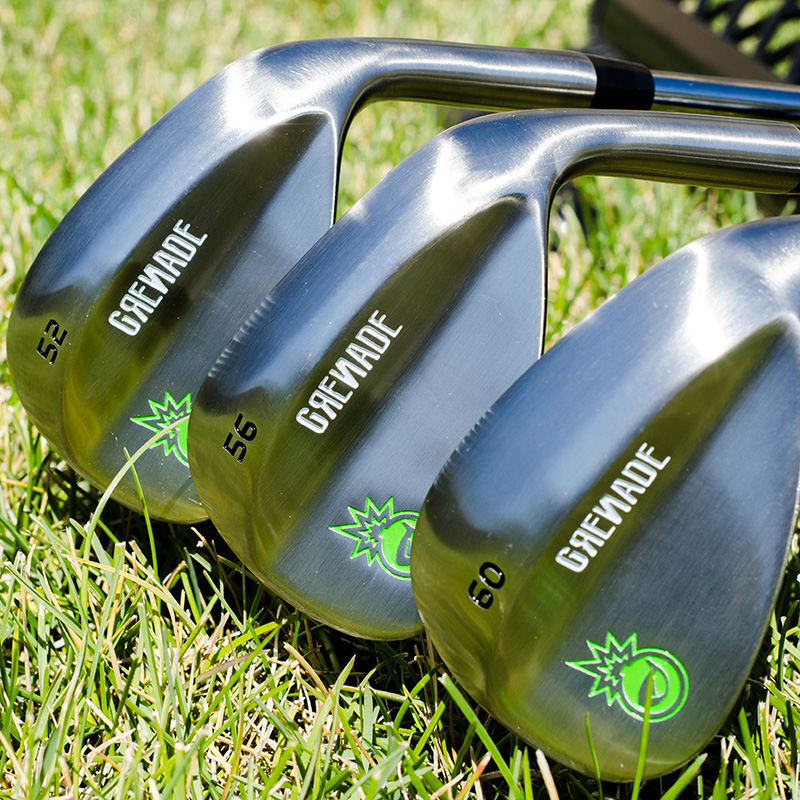
Bombtech is famous for their Grenade driver which I reviewed a while back. It’s a great driver. Now they’re offering wedges which are very sharp looking. What’s crazy is that these wedges are priced at $99 for ALL THREE right now, instead of $99 each.
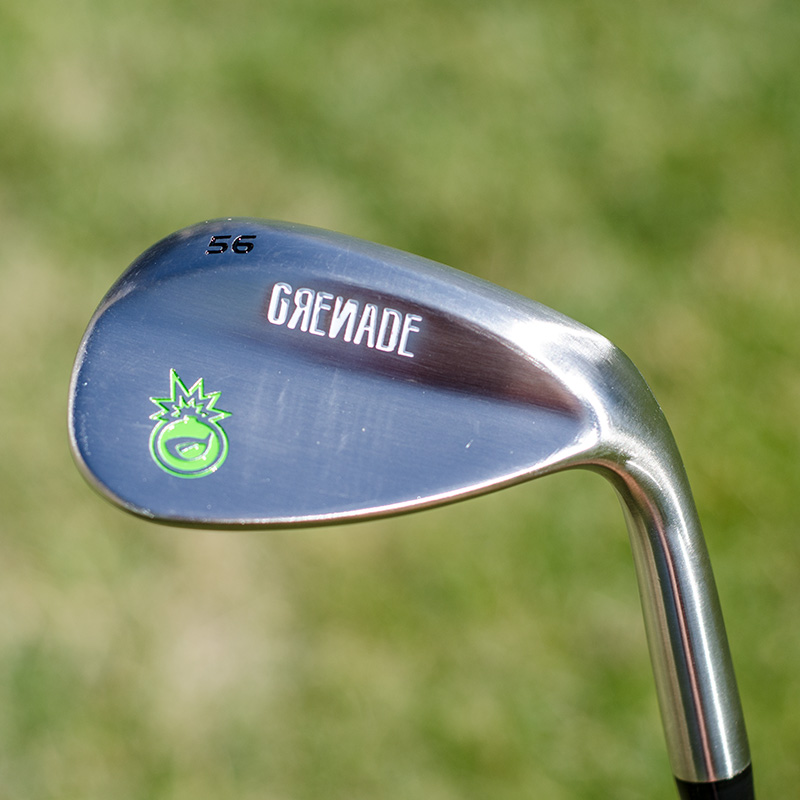
If these wedges can help improve my short game even a tiny bit, I’ll win that $99 in bets and the clubs will pay for themselves! Haha.
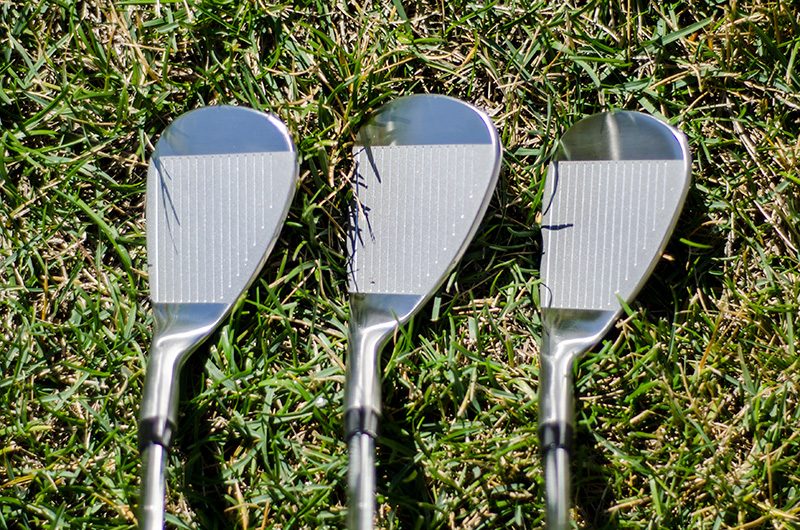
Can you buy a game? Most golfers seem to think so. For $99 it could be worth a shot, pun intended. Stay tuned for my (hopefully positive) review soon.
Golf Tip: Getting out of Hard, Crusty, Compacted Sand
Categories: Golf • Golf For Women • Golf Instruction • Hackers • Instruction
Tags: Golf Tips • golf wedge • Sand Wedge
This past week I experienced a bit of an embarrassing learning experience while golfing with fellow golf blogger John Duval of IntoTheGrain.com. We were playing at Soldier Hollow Golf Course here in Heber, Utah, which had been getting pounded by rain and even hail. The bunkers (known by some as sand traps) had been compacted and not maintenanced. So that meant the sand in them was extremely hard and even had a bit of a crusty layer on the top.
On one of the six, yes six, par-3’s on the Silver Course, I had trouble getting out. I kept blading shots and line-driving them into the lip. Luckily for John the lip stopped one of them, or my ball might have killed him, or at least caused severe eye damage. Inside joke there. Like the extremely intelligent golfer I am, I kept trying the same shot and getting the same result, blading shots into the lip. After a few of them I picked the damn ball up with my hand and threw it at the hole. That was the shot of the day.
A couple of holes later on yet another par-3 I was again in a greenside bunker. This time a bunker quite short of the green, about 20 yards. Instead of sand wedge I chose lob wedge. I got out of the first bunker no problem, but went into the 2nd one. Lob wedge again from the 2nd one was no problem onto the green.
The Lesson
The Reader’s Digest version of the lesson was that out of crusty, hard, compacted sand my lob wedge was a better choice than my sand wedge. Why? The design between those two clubs in my particular bag is quite different.
Sand Wedge
My sand wedge, and the majority of most sand wedges has a lot of bounce. The bounce comes from the sole of the club, or the bottom line which is what touches the ground when a golfer is holding the club in position before a shot. This area of the club head can be flat, rounded, v-shaped, or custom ground into all sorts of shapes. The shape of bottom of the club produces a certain amount of bounce. Most common in sand wedges is about 10-12 degrees, quite a bit of bounce.
Why a lot of bounce? In regular sand which isn’t hard like the sand I described above, a club will go into the sand and dig or burrow in. This can stop the club or severely slow it down. A club which is decelerating in sand will not produce a good shot. This is why most amateur golfers hit fat shots in the sand, and the ball only goes a foot or two, leaving them another sand shot. The bounce of the sand wedge helps the club deflect off the sand and prevents it from digging in. This way the club travels through quickly and gets the ball in the air and out of the bunker.
Bounce and hard sand? So if the sand is extremely compacted and hard, the design of the sand wedge will make the club bounce far too much. The club will not go under the sand. Instead it will bounce up and the leading edge of the club, or blade, will hit the ball. This is called “blading a shot” and is what produces the line-drive shots I was hitting into the lip.
Lesson one is that clubs with a lot of bounce are generally not a good idea in hard sand or on very hard ground.
Lob Wedge
My current lob wedge has quite a different design or “grind” on the sole of the club compared to my sand wedge. Rather than 10 degrees of bounce, it has only four. This is not a lot of bounce at all. When I switched to the lob wedge in the 2nd trap, the club did not bounce in the sand. It went under the ball without going back up too soon from impacting the sand. Therefore I did not blade the shots. The first shot didn’t travel far enough because of the loft of the club and how hard I swung it, but the ball got out of the crusty sand with no problem at all.
Conversely a lob wedge or club like mine with a small amount of bounce may not be a great club selection for an average golfer who is hitting out of soft sand. The club will not bounce off the sand but will dig in, producing a fat shot which will come up short.
Lesson two is that clubs with very little bounce are a good idea for compacted sand or very hard ground.
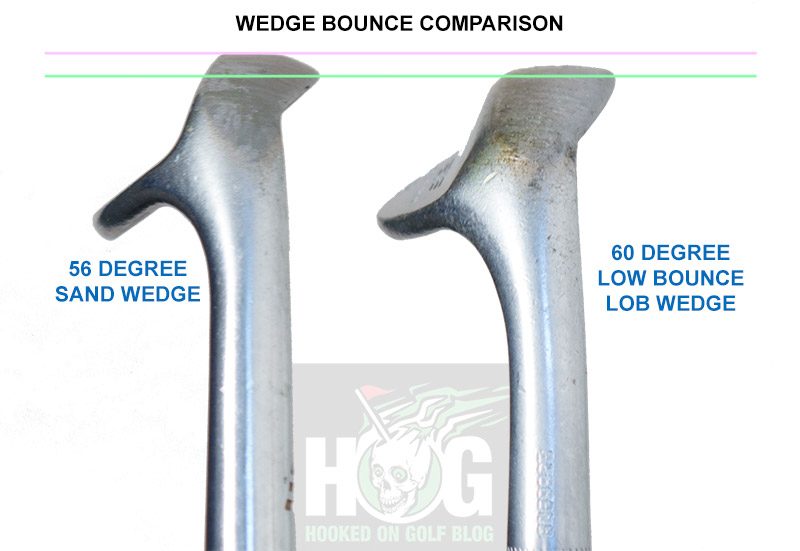
Left: 56 degree sand wedge with 10 degrees bounce | Right: 60 degree lob wedge with 4 degrees bounce
Look at the image above. Left is my sand wedge and right is my lob wedge. The green line shows the leading edge of the face. The pink line shows the bounce. You can see that the sand has much more mass and the angle of the sole (between the pink and green lines) is much higher. That’s the bounce!
Lesson three from this experience which I learned, probably re-learned, is to not be too lazy to go get the right club. Once I hit that first bouncy bladed sand shot into the lip I knew the ground was too hard and the sand wedge was the wrong club. I should have gone to my bag and gotten my lob wedge before taking another swing. Instead I was too lazy to go get another club. The result was a big number and loss of hole.
If it were a tournament or important situation other than a casual round, I would have changed clubs.
Final Thoughts
Next time you find yourself in a bunker, look at the sand and get a feel for it with your feet. Is it hard? Is it soft? Now you may have a better idea which of your clubs is the best choice. If by chance you choose the wrong club, don’t hesitate to take a few more seconds to grab the correct club and save some strokes.
First Look: Harry Taylor Wedges
Categories: Golf • Golf Clubs • Golf Equipment • Golf Gear
Tags: golf wedge • Harry Taylor Golf • Sand Wedge • wedge
Golf gearhead drool warning. Have a bib ready for this one. I just got in some fantastic looking wedges from Harry Taylor Golf.
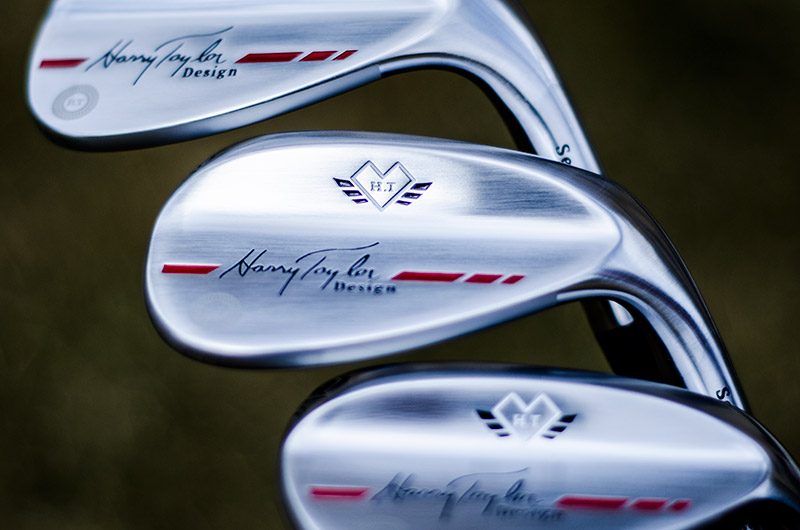
Harry Taylor Golf Wedges
Previously, Harry Taylor was a club designer at TaylorMade, Mizuno, and Founders Club. He’s now making his own wedges and as you can see by the images I’ve shot, they look sweet.
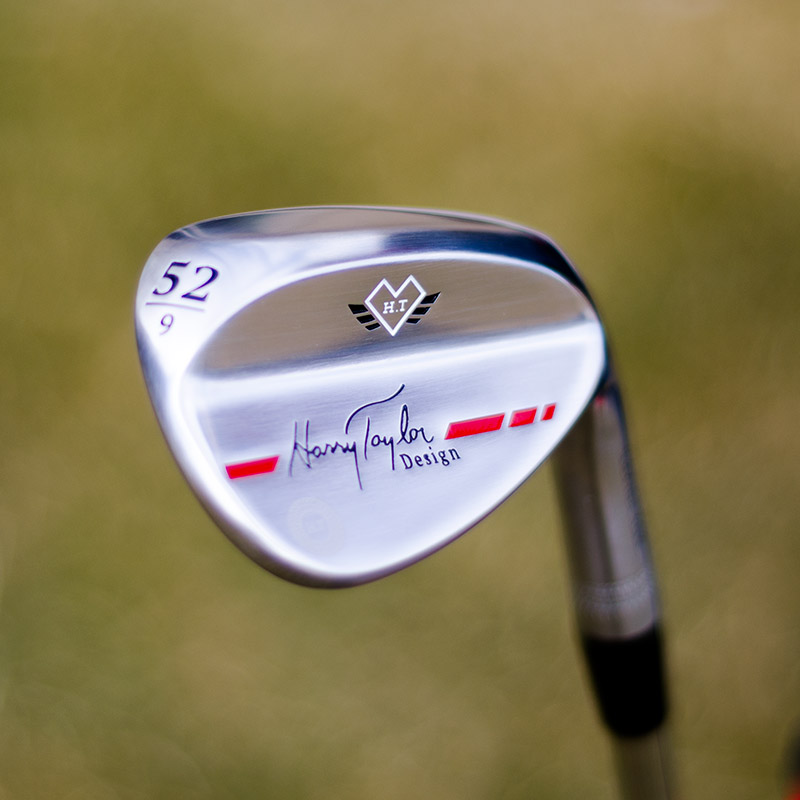
Harry Taylor Golf Wedges
I’ve got a full set of these wedges to test: 52-56-60. These are going straight in the bag and I will start hitting them next week, weather permitting. As I do with all of my golf club reviews, I’ll be spending a lot of time playing these on the course before I post my detailed review. Until then, enjoy these pics and check out the Harry Taylor Golf website.
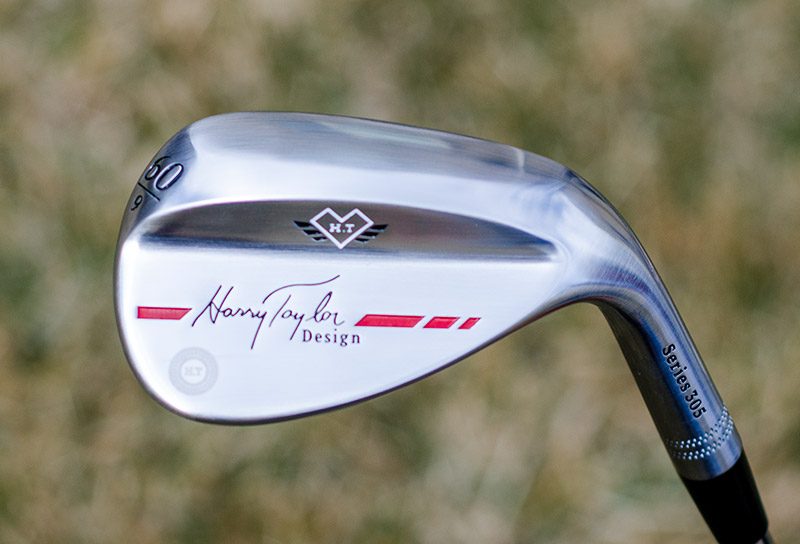
Harry Taylor Golf Wedges
1 2 Next »

